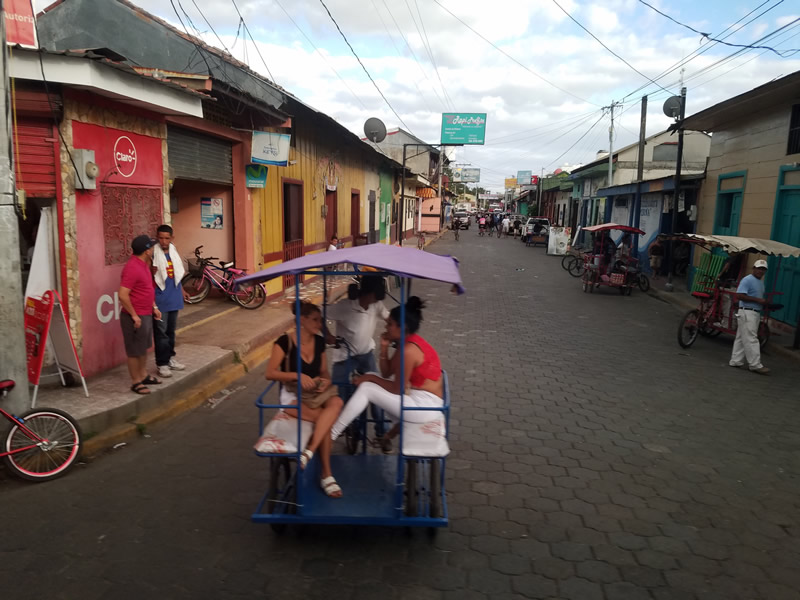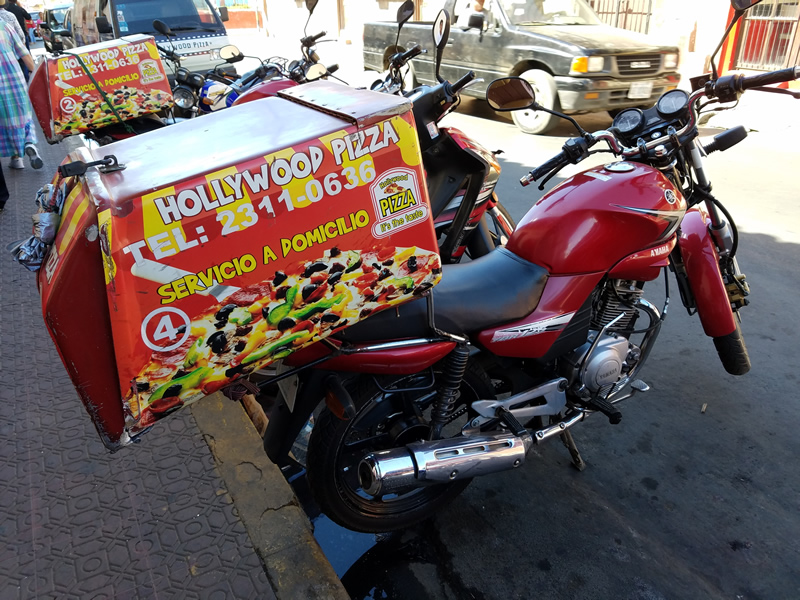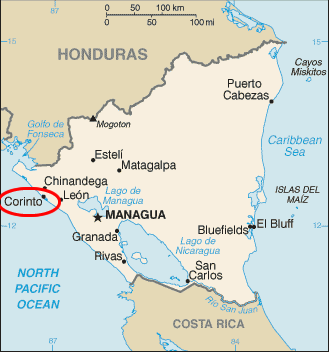Nicaragua (January 12, 2017)
Nicaragua
Our greeting to Nicaragua this morning was smoke! It obscured part of the view of the volcanoes, five of which rim this port of Corinto. It was from sugar cane burning and was gone by the time we got back to the ship after our day’s outing.
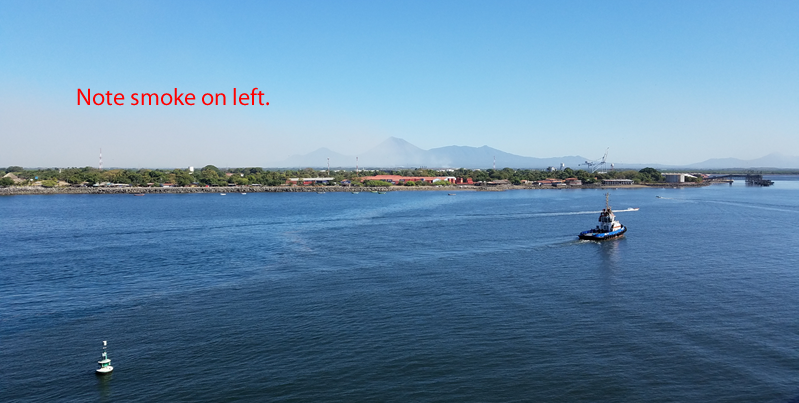
From Costa Rica one of the richest countries in Latin America to the second most poor (only Haiti is poorer.) Although the Sandinista Ortega is back in power, our guide was very enthusiastic about the new opportunities that have arisen. Education has been made free through high school and health care – what there is of it – is free. I am willing to bet that like Mexico there is at least a two tier system with public hospitals and then those for the well to do. There is a university in León with admittance being theoretically determined by an entrance exam. Only about 8% of applicants are admitted. There is also a medical school. Our guide who is only 19 is in the medical school.
Volcanoes, as in much of the Centra American countries are a feature of the landscape as of course are eruptions. The ship docked in Corinto (named after Corinth in Greece – no idea of the connection.) From the dock we took a bus, along with hundreds of other tourists to the province of León. There is a new and an old Leon, courtesy of the eruption of Momotombo in 1584. It is one of the oldest cities in Nicaragua, but it is the cultural capital. The largest Cathedral in Central America is here, the Cathedral of San Cristobal. Unfortunately, there are many other cathedral/churches in the city and not enough money to support them. The north side of the big cathedral had many black spots of mold, although the front was a gleaming white. Inside they were repairing the roof which was damaged in a recent earthquake.
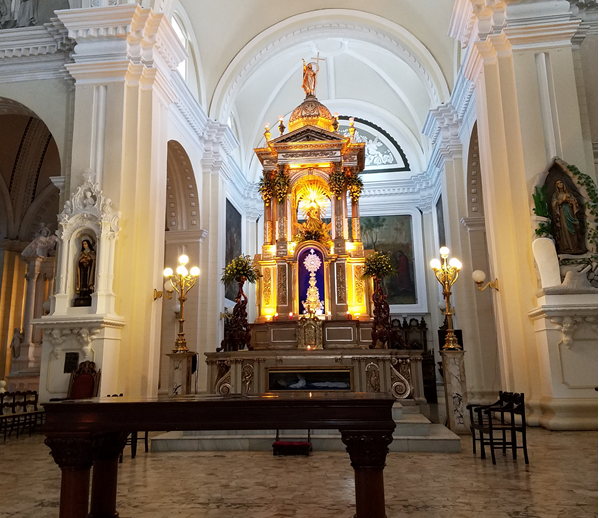
Besides sugar cane, rice and corn as well as bananas are grown, much for export. There is a fruit call “Picadora” that grows on the trunks and branches of a tree like a fungus. It is about the size of a large orange and is green in color. Only the seeds are eaten (as what, or how we never learned) and the outside, which is VERY tough, is used to make dishes, spoons and other items. They also have shrimp factories and shrimp are very plentiful on local menus as well as on the ship.
Like Columbia, Panama, and Costa Rica there is a rainy and dry season. The rainy season here starts in June and ends in December. There was evidence of what must be a heavy rain in the dry arroyos that are very plentiful.
Like yesterday we were on the Pan American Highway which goes from Fairbanks, Alaska to Tierra del Fuego It is broken only by a stretch of about 60 miles in Panama south of the canal which is impenetrable without great expense and for which there is not enough of an economic benefit. The highway is two lane (and not on each side) with fairly heavy traffic both here and in Costa Rica.
In León. We visited an art museum, which by our standards would be primitive. The interesting thing was the lack of air conditioning. Instead it is very open and there are courtyards inside, (see picture below) complete with pools and live turtles about the size of large basketballs.
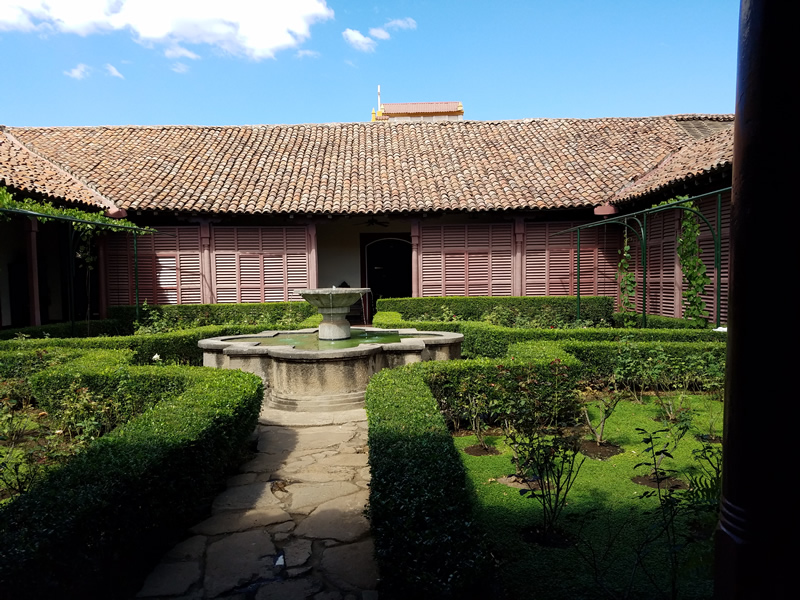
The public buses are VERY crowded, sometimes with passengers even in the roof. The taxis are bike driven as you can see. Some look nice and we even saw one with curtains, but some also have roofs that are rotting away. (See below)
